Diogo
Tenderfoot
- Joined
- Apr 20, 2020
- Messages
- 6
- Reaction score
- 27
- Golden Thread
- 0
- Primary Interest:
- All Treasure Hunting
Hello there,
Yesterday in south Europe, inside family property, were I am in quarentene, found several objects with my garrett At Pro in a small area in countryside.
Need help to Identify some of them (I think probably around 16th century) specially a silver ring with hallmarks that I have no idea from what period is from.
Thank you so much

Yesterday in south Europe, inside family property, were I am in quarentene, found several objects with my garrett At Pro in a small area in countryside.
Need help to Identify some of them (I think probably around 16th century) specially a silver ring with hallmarks that I have no idea from what period is from.
Thank you so much

Amazon Forum Fav 👍
Attachments
-
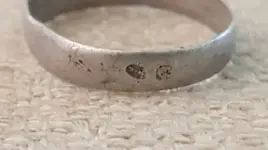 20200421_131859_resize_8.webp21.3 KB · Views: 89
20200421_131859_resize_8.webp21.3 KB · Views: 89 -
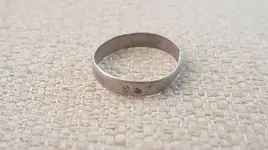 20200421_131829_resize_67.webp42.4 KB · Views: 76
20200421_131829_resize_67.webp42.4 KB · Views: 76 -
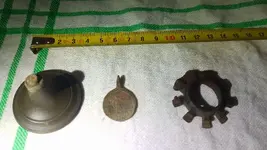 20200420_224539_resize_66.webp75.7 KB · Views: 71
20200420_224539_resize_66.webp75.7 KB · Views: 71 -
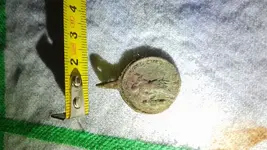 20200420_224800_resize_35.webp77.4 KB · Views: 74
20200420_224800_resize_35.webp77.4 KB · Views: 74 -
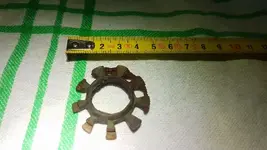 20200420_224716_resize_72.webp66.4 KB · Views: 70
20200420_224716_resize_72.webp66.4 KB · Views: 70 -
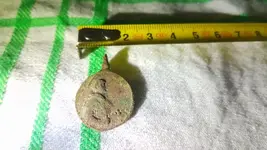 20200420_224638_resize_68.webp56.6 KB · Views: 75
20200420_224638_resize_68.webp56.6 KB · Views: 75




